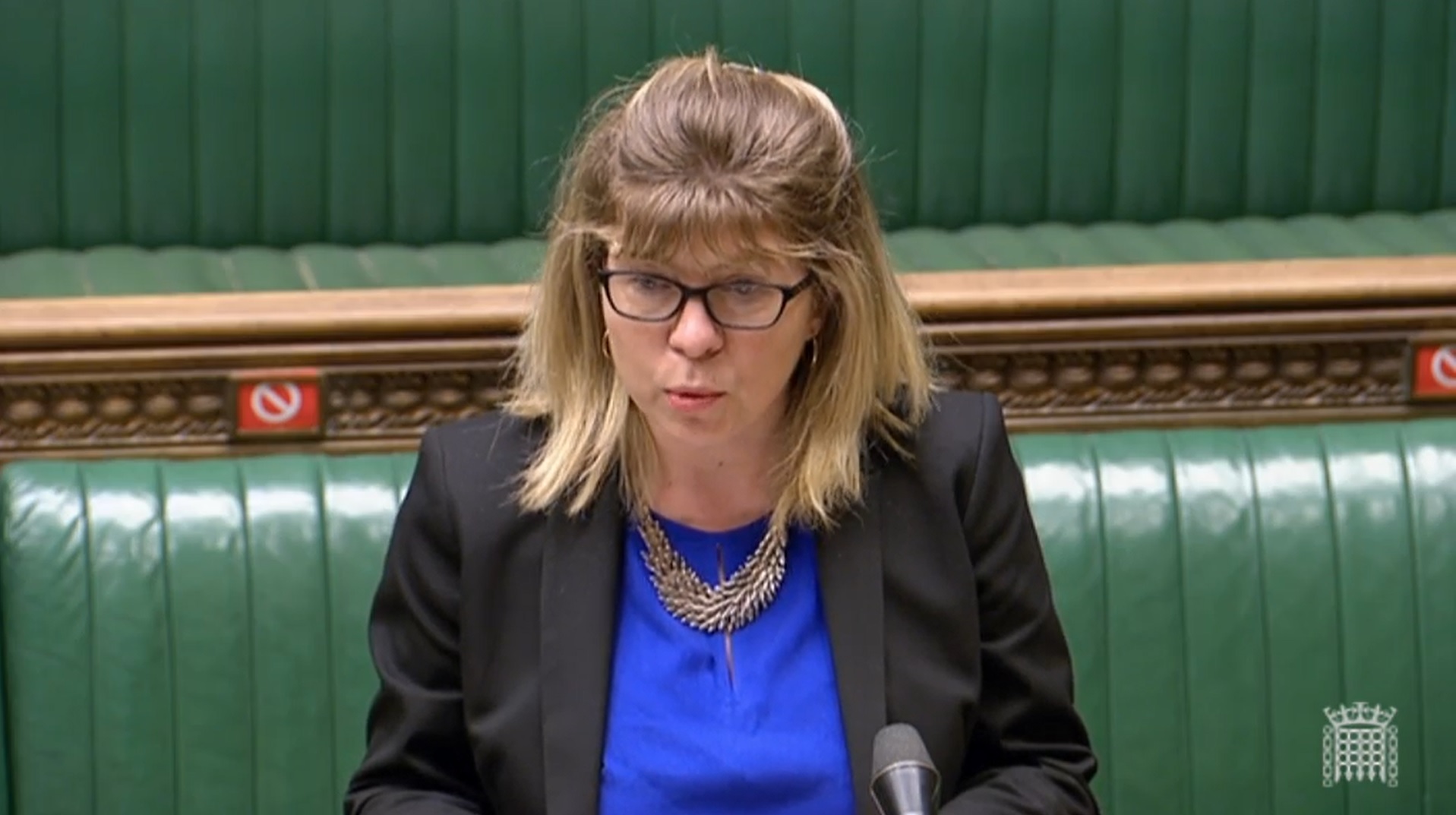By Charlotte Webster-
The First Women’s Health Strategy for England to tackle gender health gap has today been launched.
It is aimed at increasing understanding of female-specific health conditions, and tackling the data gap to ensure diagnosis and treatment work for women.
The strategy aims at ensuring that all doctors are trained to provide the best care to women by introducing mandatory specific teaching and assessment on women’s health for all graduating medical students and incoming doctors.
The Department of Health And Social Care today outlined its impressive long term plans to implement the encouraging strategy which will involve a co-ordinated effort with multi-agencies involved
The plans include a £10 million investment for a breast screening programme to provide 25 new mobile breast screening units for areas with the greatest challenges in screening uptake
Women and girls across England will benefit from improved healthcare following the publication of the first ever government-led Women’s Health Strategy for England today.
The multi faceted plan includes a call for evidence which generated almost 100,000 responses from individuals across England, and building on the Department Of Health’s Vision for Women’s Health, the strategy sets out bold ambitions to tackle deep-rooted, systemic issues within the health and care system to improve the health and wellbeing of women, and reset how the health and care system listens to women.
The strategy includes key commitments around new research and data gathering. It would also include the expansion of women’s health-focused education and training for incoming doctors
improvements to fertility services.
It will also ensure access to high-quality health information, updating guidance for female-specific health conditions like endometriosis to ensure the latest evidence and advice is being used in treatment.
Women on average live for longer than men, but spend more of their life in poor health, often limiting their ability to work and participate in day-to-day activities. Closing the gender health gap and supporting women to live well will not only benefit the health and wellbeing of women, but the health of the economy.
Responses to the call for evidence highlighted a need for greater focus on women-specific health conditions, including fertility and pregnancy loss, and gynaecological conditions such as endometriosis, which affects 1 in 10 women.
The strategy aims to provide a new investment of £10 million for a breast screening programme, which will provide 25 new mobile breast screening units to be targeted at areas with the greatest challenges in uptake and coverage
This will provide extra capacity for services to recover from the impact of the coronavirus (COVID-19) pandemic boost uptake of screening in areas where attendance is low tackle health disparities
contribute towards higher early diagnosis rates in line with the NHS Long Term Plan
remove additional barriers to IVF for female same-sex couples.
There will no longer be a requirement for them to pay for artificial insemination to prove their fertility status and NHS treatment for female same-sex couples will start with 6 cycles of artificial insemination, prior to accessing IVF services, if necessary.
Transparency
It will also improve transparency on provision and availability of IVF so prospective parents can see how their local area performs to tackle the ‘postcode lottery’ in access to IVF treatment
recognise parents who have lost a child before 24 weeks through the introduction of a pregnancy loss certificate in England, and ensure specialist endometriosis services have the most up-to-date evidence and advice by updating the service specification for severe endometriosis, which defines the standards of care patients can expect.
This sits alongside the National Institute for Health and Care Excellence (NICE) review of its guideline on endometriosis. This will support our ambition that national healthcare services consider women’s needs specifically and by default, and that women can access services that meet their reproductive health needs throughout their lives.
Health and Social Care Secretary Steve Barclay said:
”Our health and care system only works if it works for everyone.
It is not right that 51% of our population are disadvantaged in accessing the care they need, simply because of their sex.
The publication of this strategy is a landmark moment in addressing entrenched inequalities, and improving the health and wellbeing of women across the country.

Mp Stephen Barclay Image:gov.uk
Minister for Women’s Health Maria Caulfield added:
”When we launched our call for evidence to inform the publication of this strategy, women across the country set us a clear mandate for change.
Tackling the gender health gap will not be easy – there are deep-seated, systemic issues we must address to ensure women receive the same standards of care as men, universally and by default.
This strategy is the start of that journey, but eradicating the gender health gap can’t be done through health services alone. I am calling on everyone who has the power to positively impact women’s health – from employers to doctors and teachers to industry – to join us in our journey”.

Maria Caulfield MariaCaulfield.co.uk
Women and clinicians also called for the expansion of information and educational resources for women and healthcare professionals, and more cohesion in the way services are provided, making it as simple as possible for women to access the healthcare they need.
Our vision sets out that all women should have access to high-quality information and education from childhood through to adulthood, and that all women should have equal access to and experience of services, reducing disparities in outcomes.
Building on this, the strategy is committed to transforming the NHS website into a world-class, first port of call for women’s health information by updating existing content and adding new pages. It will address complex diseases some women face like the adenomyosis.
Doctors are unsure what causes adenomyosis, but the disease usually resolves after menopause. For women who have severe discomfort from adenomyosis. An adenomyosis occurs when the tissue that normally lines the uterus (endometrial tissue) grows into the muscular wall of the uterus. The displaced tissue continues to act normally — thickening, breaking down and bleeding — during each menstrual cycle.
The whole process is expected to bring essential women’s services together to support women to maintain good health and drive efficiency in the NHS, helping clinicians as they work to tackle the COVID backlogs.
The Department Of Health will also publish a definition of trauma-informed practice for use in the health sector and encouraging its adoption in health settings, to help address barriers to accessing services that people affected by trauma – such as domestic violence or psychological abuse – can experience, ensuring they can access the care they need
Women’s Health Ambassador Dame Lesley Regan said:
”Having spent my career looking after women, I am deeply aware of the need for a women’s health strategy that empowers both women and clinicians to tackle the gender health gap.
We need to make it as easy as possible for women to access the services they need, to keep girls in school and women in the workplace, ensuring every woman has the opportunity to live her life to her fullest potential.
This strategy is a major step in the right direction, listening to the concerns of women, professionals and other organisations to tackle some of the deep-rooted issues that we know exist.

Professor Dame Lesley Regan Image:imperial.nhs.uk
Feedback from thousands of women across the country revealed that they feel their voices were not always listened to, and there was a lack of understanding or awareness among some medical professionals about health conditions which affect women.
The strategy is committed to commissioning urgent research by the National Institute for Health and Care Research (NIHR) into healthcare professionals’ experiences of listening to women in primary care, with a focus on menstrual and gynaecological symptoms to inform policy to ensure women’s voices are heard introducing specific teaching and assessments on women’s health in undergraduate curricula for all graduating medical students from 2024 to 2025 and for all incoming doctors.




